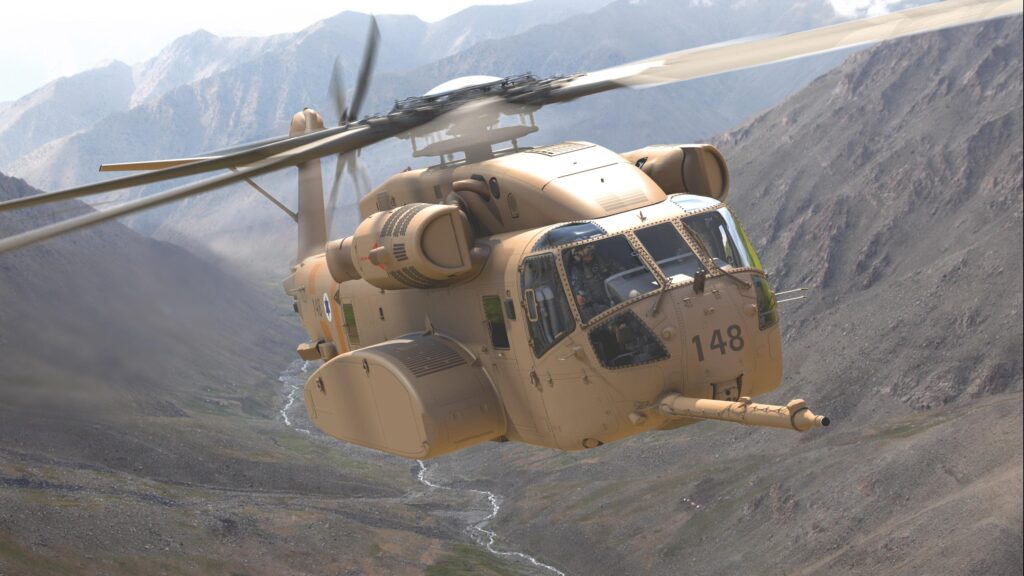
NAVAL AIR STATION PATUXENT RIVER, Md. — The Israeli air force signed a letter of acceptance with the United States government on Dec. 30 to purchase the CH-53K King Stallion heavy lift helicopter, Naval Air Systems Command said Jan. 4.
“We’re happy the IAF recognizes the unrivaled capabilities and performance of the K and have chosen to move forward with us,” said Col. Jack Perrin, program manager, heavy lift helicopter program office (PMA-261). “Welcome to the CH-53K family.”
The CH-53K is the most powerful helicopter ever built by the U.S. government and will replace the IAF’s current fleet of modified CH-53D Yasur helicopters, which have been flying for over 50 years.
The signed agreement states first deliveries of the aircraft are planned for 2025. In addition to the aircraft, the agreement includes T408-GE-400 engines; facilities study, design and construction; spare and repair parts; support and test equipment; publications and technical documentation; aircrew and maintenance training; U.S. government and contractor engineering, technical and logistics support services; and other related elements of logistics and program support.
As the long-range logistic support backbone for the U.S. Marine Corps, the CH-53K will support Israeli special operations programs first, as well as provide the Israeli defense forces with a platform that has the speed, safety and gross weight capability to support all of its missions, including troop and cargo transport, and search and rescue.
The decision wraps up a multi-year negotiation process. In the end, the King Stallion offered more capabilities and the latest technology compared to the competition. During this period, PMA-261 hosted multiple visits by IAF leadership as they compared aircraft, including orientation flights and flight evaluations with IAF pilots and acquisitions professionals.
The CH-53K King Stallion program is in the initial operational test and evaluation stage and is on track to achieve initial operational capability in early 2022, with first fleet deployment planned for fiscal 2024.
- Red Sea Update - April 26, 2024
- U.S. Begins Construction on Temporary Pier to Deliver Humanitarian Aid to Gaza - April 26, 2024
- IKE Carrier Strike Group Arrives in the Eastern Mediterranean - April 26, 2024






